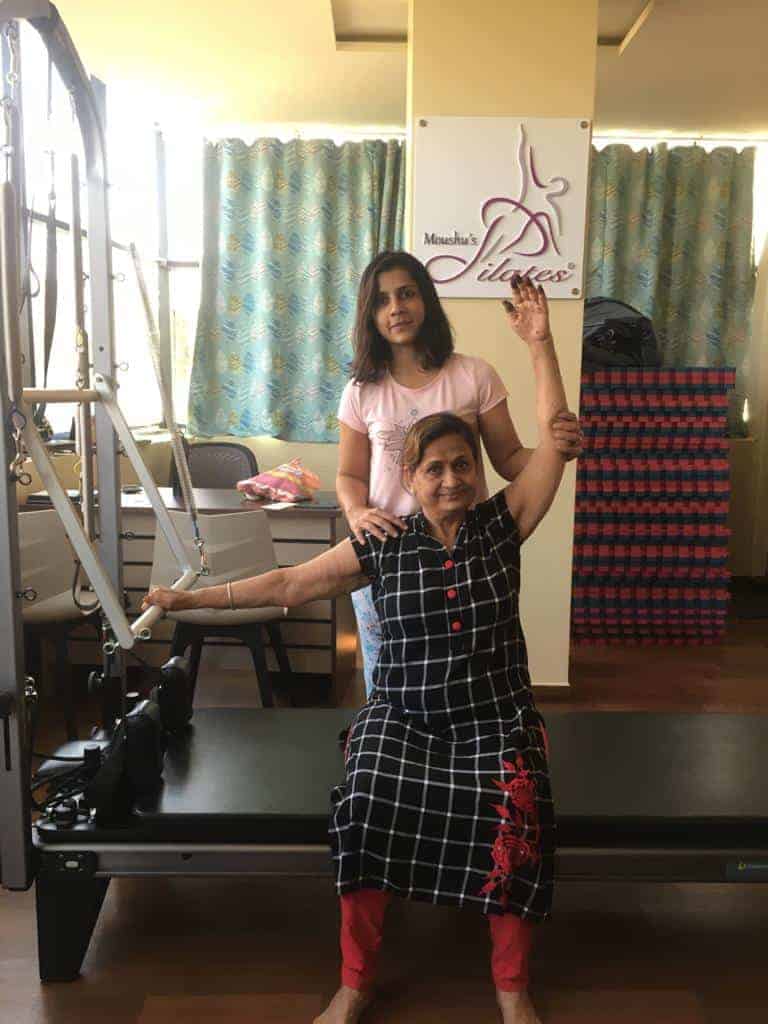Busting common myths about Osteoporosis

There are many misconceptions and myths surrounding osteoporosis, a disease which affects millions of people worldwide. In this blog, we shall bust some of the myths through simple facts and dos and don’ts.
Osteoporosis literally means a condition of “porous bones”. Bone is a living tissue and is constantly being broken down and replaced. Osteoporosis occurs when the creation of new bone tissue can’t keep up with the breaking down. Due to lack of calcium deposition and loss of bone density, the bones become brittle and are at a higher risk of fractures.
Most people think that only women get osteoporosis. However, this is the biggest misconception. Yes, women are at a higher risk of developing this condition post-menopause as there is a drop in oestrogen levels in their body. But men can develop osteoporosis too, albeit the number is lesser than women. But osteoporosis is not a natural part of ageing. It is preventable by maintaining a healthy diet, rich in calcium and proteins.
Although, hormonal changes in the body are the leading cause of osteoporosis, having a sedentary lifestyle can increase your risk of the same. Smoking, drinking alcohol regularly and also sitting for long hours puts you at great risk of many diseases, osteoporosis being just one of them. It is a myth that if you drink milk on a daily basis you will never have calcium-deficiency and osteoporosis. Our nutritionist, Gauri Shingote emphasises on a combination of Proteins, Calcium and Vitamin-D which is essential to maintain healthy bones. It is the Vitamin-D which helps in absorbing the calcium in our body and the proteins which carry the Calcium and give your muscles strength to support the bones.
Osteoporosis isn’t always hereditary. It is easily preventable. If your mother had it, doesn’t mean you will have it too. One of the most important steps in preventing it, apart from maintaining a healthy lifestyle and diet, is to exercise. Working out not only makes you stronger but also prevents milder osteopenia to aggravate into osteoporosis.
The biggest misconception for people with osteoporosis is that they cannot exercise, as that can lead to injuries and fractures. This is false! Yes, there are certain high impact workouts like running, cycling, skipping, etc, which can lead to falls and damage the bones, but strength training and weight-bearing exercises, like in Pilates, are in fact essential for those with osteoporosis.
Osteoporosis related fractures most commonly occur in the hip, spine and wrist.
In Pilates, we undertake spinal extension exercises which maintain the suppleness of the spine and keep it healthy. Different weight-bearing exercises like jump work on the reformer, help strengthen the hip. Weight-bearing exercises help to create the nutritional flow by loading on the sponge-like cartilage. These exercises are essential for strengthening the wrist as well. All the exercises performed on all fours (like the cat and camel) stimulate bones in the wrist joint.

Loading the joints, in the safe environment of Moushu’s Pilates studio, increases circulation in that joint, stimulates calcium deposition and thus, promotes bone formation.
Additionally, the exercises which challenge the balance of the client in the studio, gradually help their balance to improve. This prevents inadvertent falls and fractures in older people and people suffering from vertigo who also have osteoporosis. Ultimately, the crux of Pilates is prevention rather than cure and at Moushu’s Pilates, we follow that to the t.
Schedule an appointment with us to know what exercises will suit you.
Read our blogs on women’s health here.
